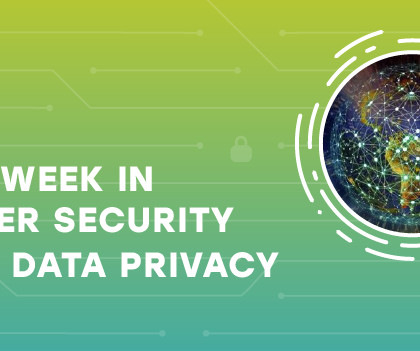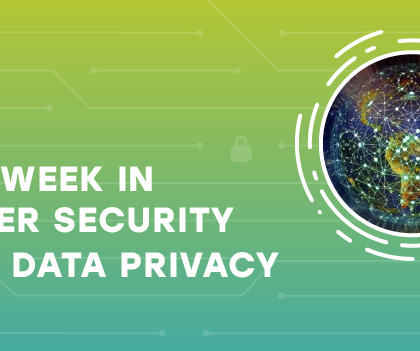Snowden Ten Years Later
Schneier on Security
JUNE 6, 2023
I fly a lot—a quarter of a million miles per year—and being put on a TSA list, or being detained at the US border and having my electronics confiscated, would be a major problem. So would the FBI breaking into my home and seizing my personal electronics. Transferring files electronically is what encryption is for.





















Let's personalize your content